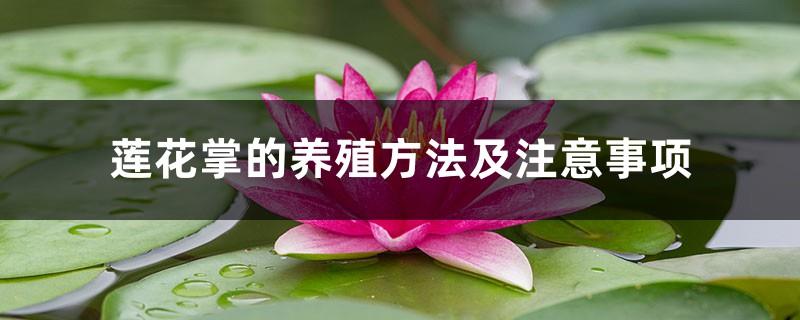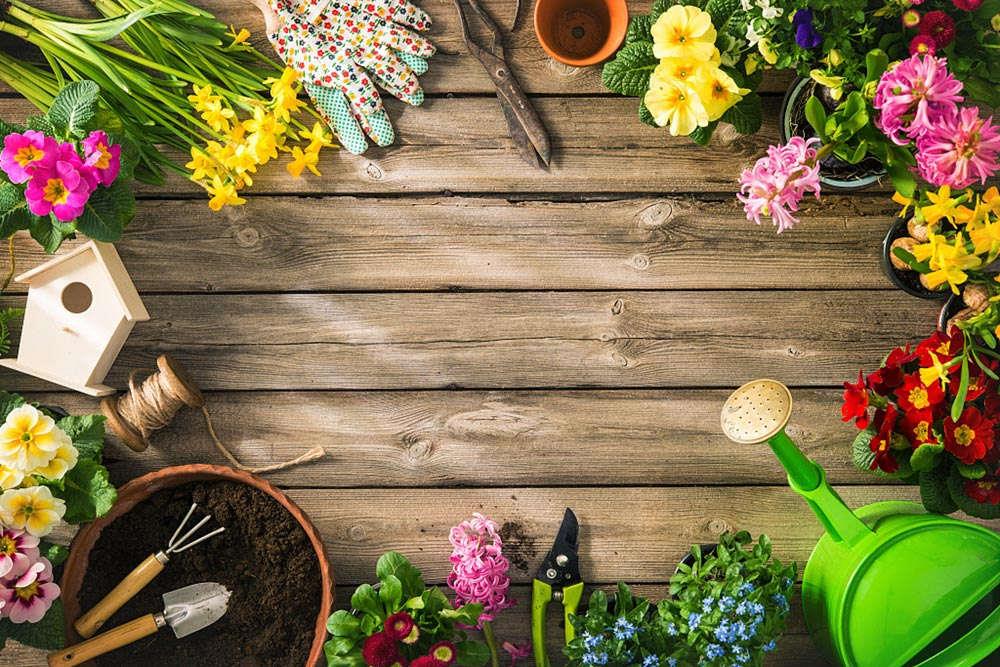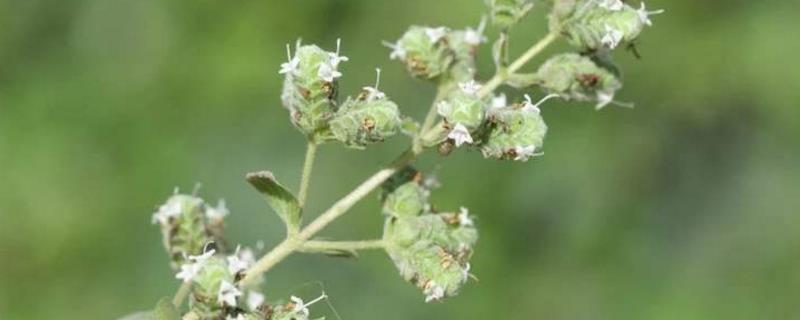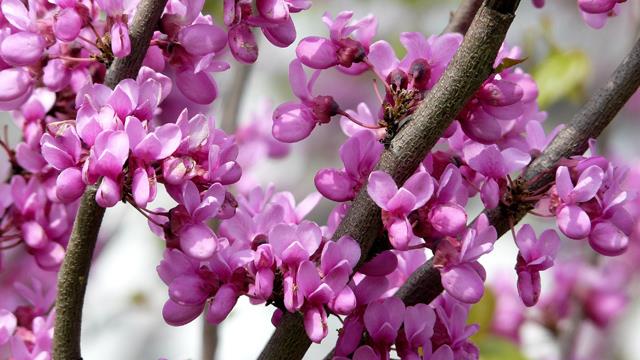Lotus palm cultivation methods and precautions
Last Update :2024.06.20
Article Catalog
Lotus palm, it is a perennial herbaceous succulent plant without stems. Its rhizome is relatively thick, and its leaves are blue-gray, somewhat round or obovate in shape, without petioles. The overall inflorescence is like an umbrella shape. The flower stem is about 20 to 30 cm high. There are about 8 to 12 flowers. The outside is pink or red. The flowering time is around July. But what are its breeding methods and precautions? Let’s take a look.

1. Suitable temperature
1. Suitable temperature
Lotus palm prefers a warm but a little cool place. Generally, the most suitable temperature is about 20 degrees. It is more afraid of cold, so it is best to keep the temperature above 6 degrees during winter. It cannot withstand the heat very well. When the temperature rises in summer, the plant will enter a semi-dormant stage. Therefore, at this time, we should strengthen the ventilation effect and use measures such as shading and water spraying to reduce the temperature around it. temperature.

2. Proper lighting
Lotus palm prefers a place with better light, so if the light is not enough, the plant will only grow taller, the color of the leaves will not be very beautiful, and it will easily cause defoliation. But it shouldn’t be too exposed to the sun, so we should shade it from May to September, and give it more light at other times. In winter, when the light is relatively weak, the leaves will be greener, but when spring comes, the exposure will increase, and the leaves will return to their original color.

3. Proper watering
Lotus palm prefers drier soil. Therefore, it is relatively drought-tolerant, but is particularly afraid of moisture. During the golden period of growth, the amount of watering must be controlled. It is better to be dry than too wet. Even in spring or autumn, although the pot must be kept moist, It shouldn’t be too wet or exposed to rain. In summer, because it is in a dormant state, watering should be controlled sparingly. In winter, watering can be normal, but it must also be watered sparingly.
4. Fertilization
Fertilizer should be fertilized basically every half month during growth in spring and autumn. Nitrogen fertilizer is generally chosen. Phosphate fertilizer should be applied in autumn so that it can survive the winter safely. When applying fertilizer, be sure not to splash it on the leaves, otherwise the leaves will fall.
5. Pruning
Some types of plants die easily after blooming, so we need to make appropriate side pruning when it grows to prevent it from blooming.
2. Proper lighting
3. Proper watering
4. Fertilize
5. Pruning
- END -
Marjoram breeding methods and precautions

Soil: It will grow well in neutral soil and can be cultivated in sandy loam. Light...
How to identify Huangshan Bauhinia

Leaves: The leaves of Huangshan Bauhinia are almost leathery and oval or kidney-sh...